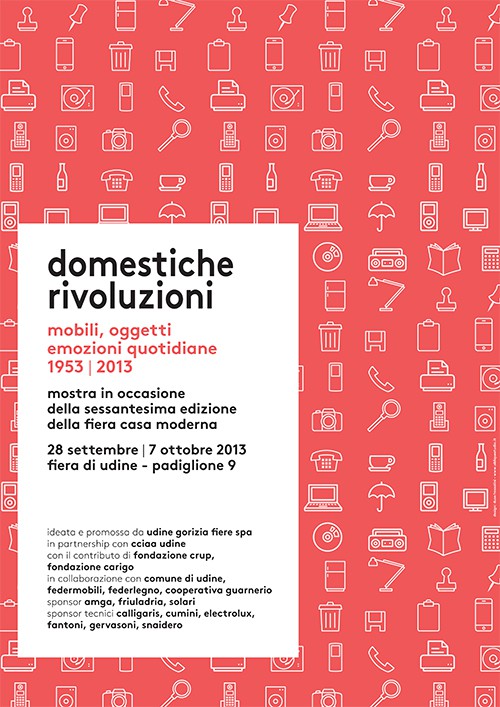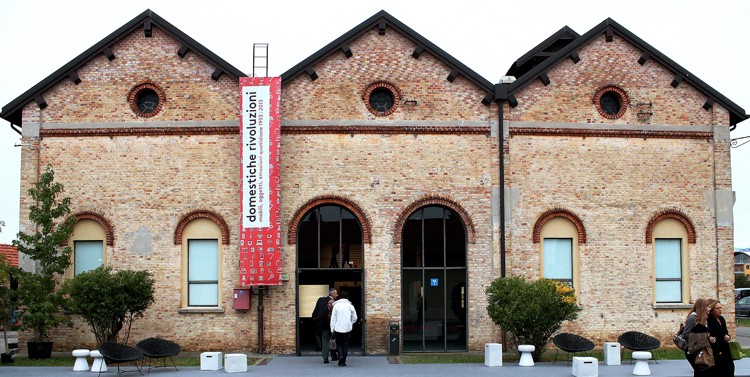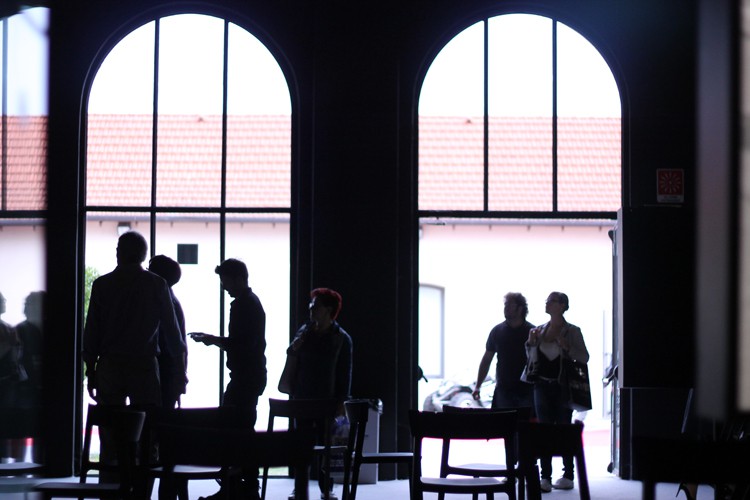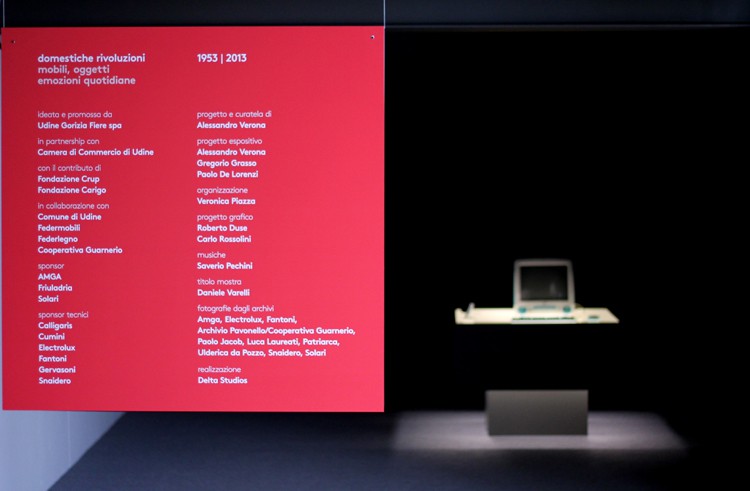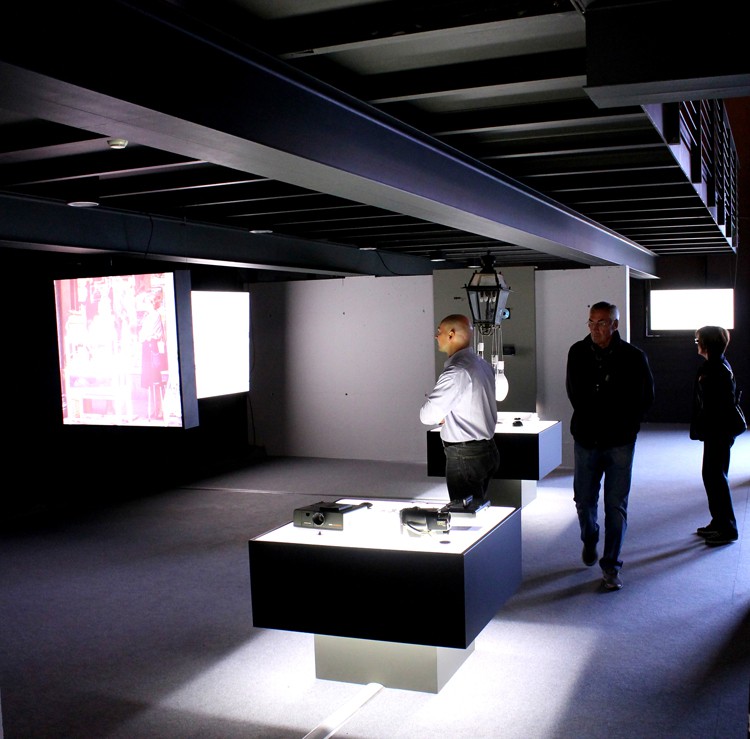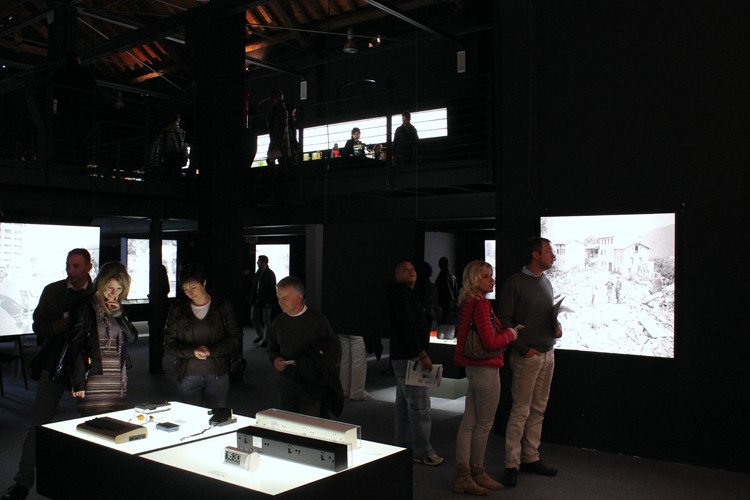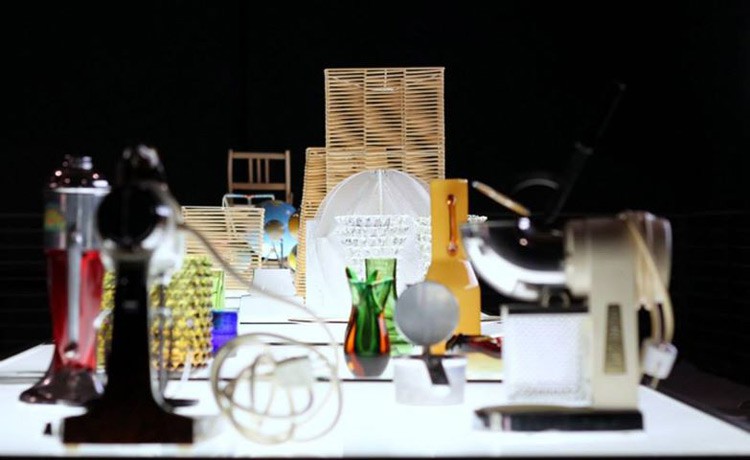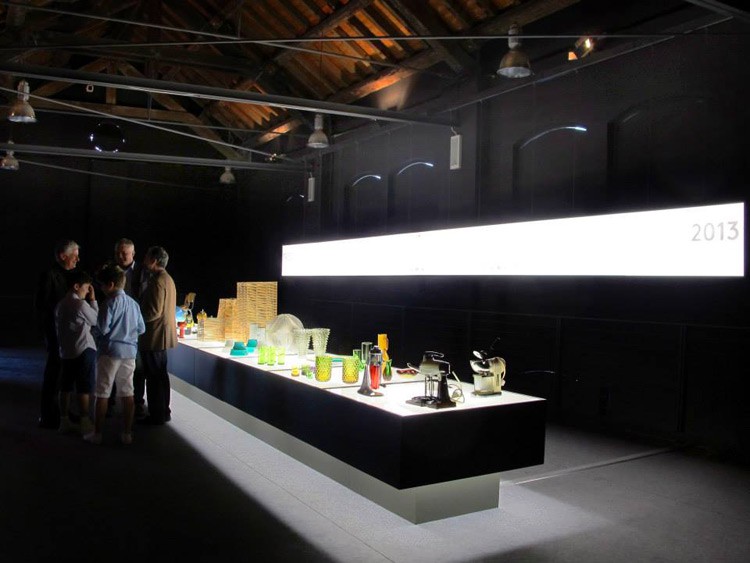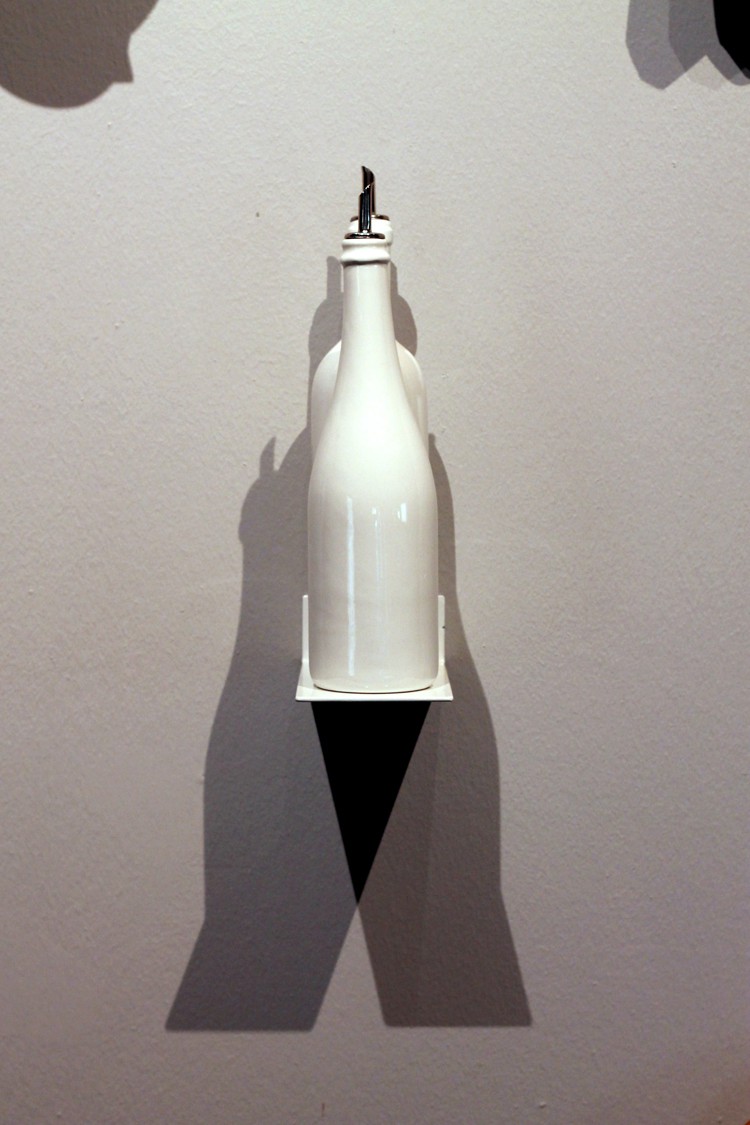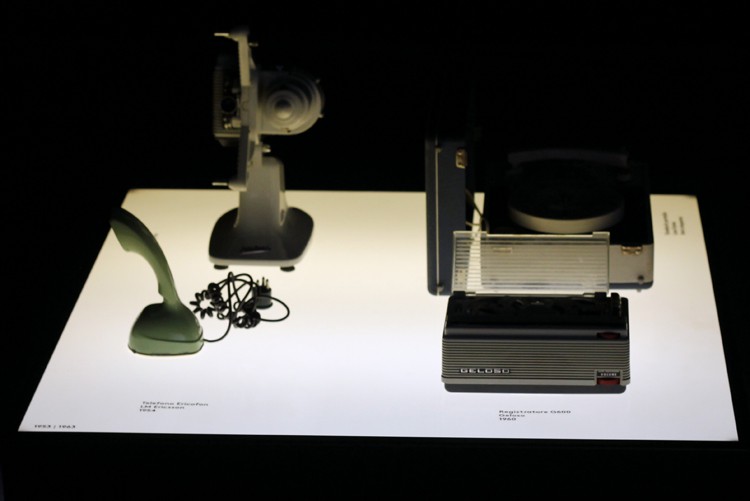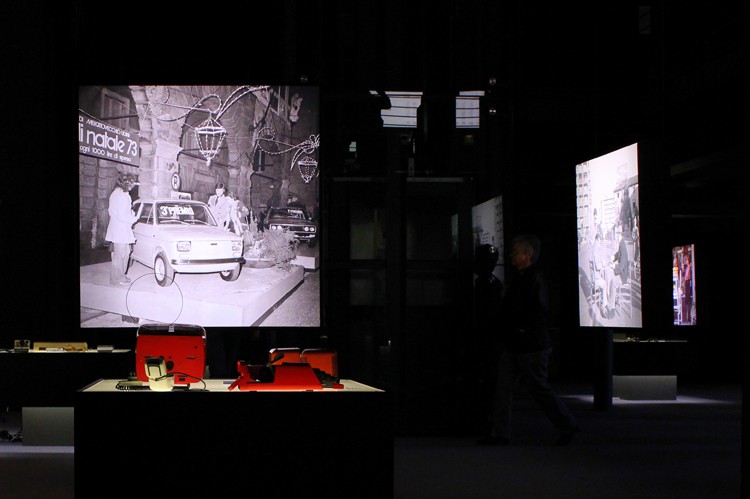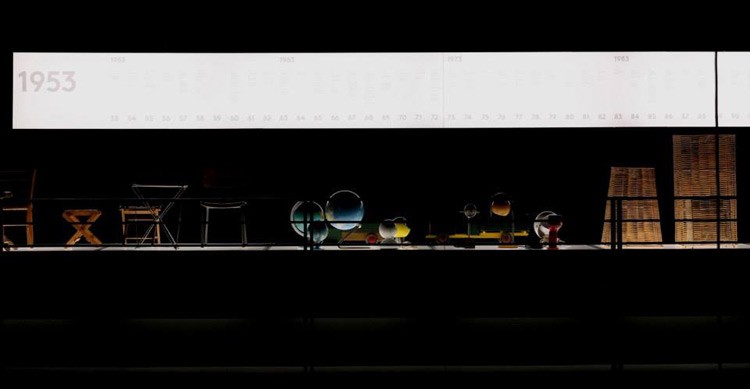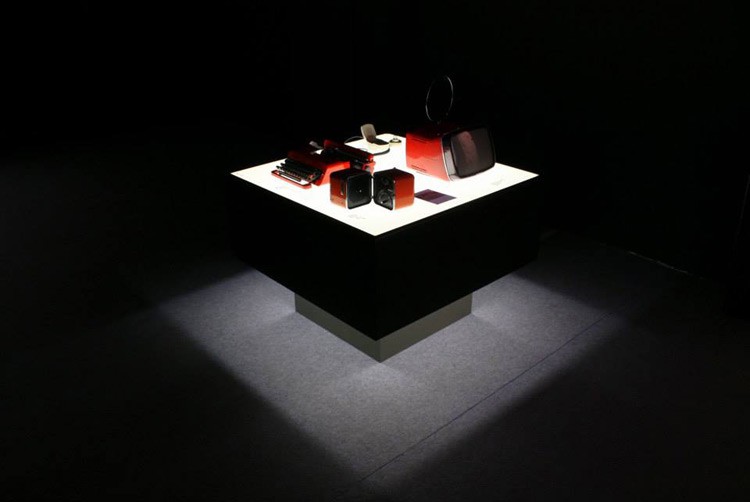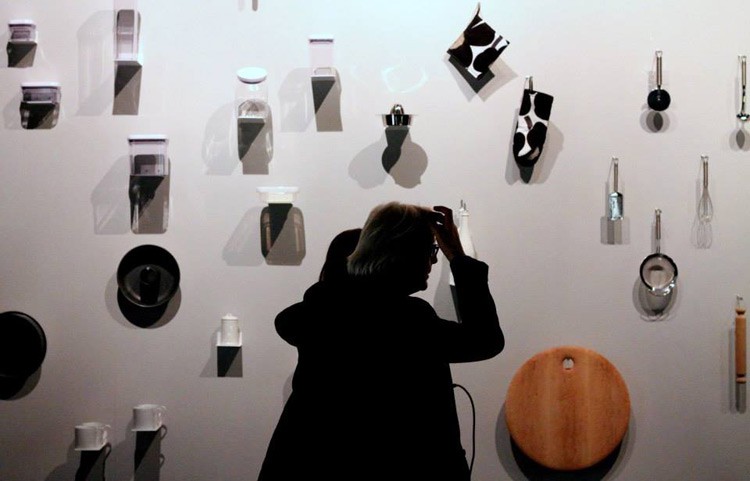DOMESTIC REVOLUTION
forniture, objects and emotion 1952 -2012
Over the past few decades, the Made in Italy initiative has not only given birth to an important new design culture, providing Italian design with a new sense of identity and purpose, but has also brought the design world itself under the media and business spotlight. What began as a means of using form to enhance the functionality of everyday industrially produced objects and respond to modern usage needs, is now recognised as having acquired an ulterior function and meaning, one which goes beyond its original purpose. Design has come into its own and is now recognised as a distinct value in its own right, a tool that can be used in the production of both industrial and artisan goods to differentiate products and gain competitive advantage in the global marketplace. Design 2.0 has arrived.
This new emphasis on the importance of design is also witnessed in the metamorphosis of the Made in Italy concept itself, in that quality, a traditional feature of Italian SME production but one which was partly eroded as a result of globalization, has now, due to market demand, returned to centre stage.
But what exactly happened during the post-war period when we began to embrace the idea of the future, when the first electrical appliances, commodities and industrially produced objects started to enter our homes? What were the desires and emotions which, following the first half of the twentieth century, a period scarred by the devastation and trauma of war, heralded and informed the new domestic landscape, introducing the concept of innovation to everyday life? And how has that landscape changed and evolved over the years?
The domestic dimension of the revolutions which were to innovate and transform everyday home life assume both a historical and anthropological significance. We thus discover, that “every generation is surrounded by a particular landscape of objects that define an epoch thanks to the patinas, marks, and scents of the time of their birth and their modification” (R. Bodei, La Vita delle Cose, 2009).
What emerges is a collective imagination that has changed and evolved over time, right up to the present day.
This reflection on the legacy of the ‘modern’, provides a useful framework for reconstructing the collective imagination, which is itself a prerequisite to exploring and shaping new contemporary paradigms.
Nel corso degli ultimi decenni la cultura ed il valore del Made in Italy hanno messo al centro dell’ attenzione commerciale e mediatica il mondo del design. Nato dalla necessità di dare forma, attraverso il disegno del prodotto industriale, alle moderne funzioni quotidiane, oggi il design mette in discussione il principio che lo ha generato con l’ idea che una nuova manifattura, un nuovo artigianato 2.0 possano diventare ulteriori elementi competitivi nel mercato internazionale.
Possiamo anche affermare che da tempo si assiste re-interpretazione del concetto stesso di Made in Italy poiché la qualità generata dalla piccola e media impresa, in parte smantellata dalla globalizzazione, ritorna ad essere una delle caratteristiche richieste dal mercato.
Ma che cosa è successo quando c’era una idea di futuro e quando i primi elettrodomestici, gli accessori e gli oggetti prodotti industrialmente, hanno iniziato ad entrare nelle nostre case? Quali emozioni, dopo la prima metà del novecento vissuta tra guerre e lacerazioni, ha determinato il nuovo paesaggio domestico che ha introdotto il concetto di innovazione nella quotidianità? Come esso si è trasformato e come è evoluto ?
Assume un significato oltre che storico anche antropologico la dimensione domestica delle rivoluzioni che hanno innovato, modificandola, la vita dentro la casa.
Scopriamo così che “ogni generazione è circondata da un particolare paesaggio d’ oggetti che definiscono un’ epoca grazie alle patine, ai segni e all’ aroma del tempo della loro nascita e delle loro modificazioni” (R. Bodei, La vita delle cose 2009).
Ciò che emerge è un immaginario collettivo, che si modifica ed evolve fino ai nostri giorni.
Questa riflessione sull’ eredità del “moderno”, introduce un territorio di indagine utile alla ricostruzione di un immaginario collettivo, necessario, per affrontare il nuovo paradigma contemporaneo.
This text will be replaced

